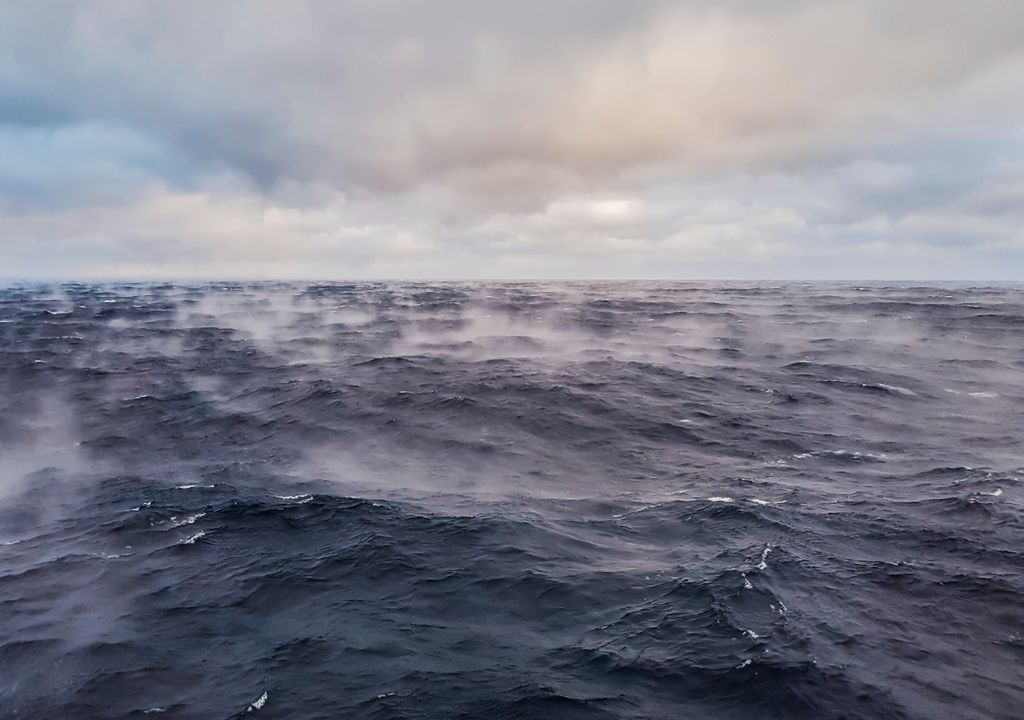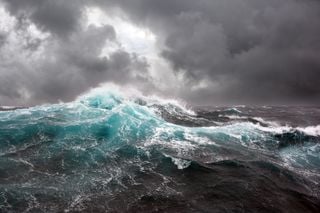Scientists Discover Link Between Ocean Climate and Global Climate
An international team of scientists has discovered the first direct evidence linking seemingly random weather systems in the ocean to global climate. Find out more here!

The ocean has climate patterns similar to those on land, but at different time and length scales, says the lead author of a new study, Benjamin Storer, from the Department of Mechanical Engineering at the University of Rochester.
A weather pattern on land can last a few days and be about 500 km wide, while oceanic weather patterns, such as whirls, last between three to four weeks, but are about a fifth of the size.
"Scientists have long speculated that these omnipresent and seemingly random movements in the ocean communicate with climate scales, but it was always vague because it was not clear how to unravel this complex system to measure its interactions. (...) We have developed a structure that can do just that. What we found was not what people expected, because it requires the mediation of the atmosphere."
Hussein Aluie, scientist at the University's Laser Energy Laboratory.
The objective of the group was to understand how energy passes through the different ocean channels around the world, so they used a mathematical method developed by Aluie in 2019, which Storer and Aluie later implemented in an advanced code, which allowed them to study the transfer of energy through different patterns ranging from the circumference of the globe to 10 km. These techniques were then applied to ocean data sets from an advanced climate model and satellite observations.
The ocean's meteorological systems differ according to our atmosphere
The study revealed that oceanic weather systems activate and weaken as they interact with climate scales and in a pattern that reflects global atmospheric circulation. The researchers also found that an atmospheric band near the equator, called the "intertropical convergence zone", which produces 30% of global precipitation, triges an intense transfer of energy and produces ocean turbulence.
Storer and Aluie claim that studying a fluid movement so complex that it occurs at various scales is not easy, but it has advantages over previous attempts to connect time to climate change. They believe that the team's work creates a promising framework for a better understanding of the climate system.
The team also stresses that normally, these research efforts are based on statistical analyses that require extensive data to have confidence in the uncertainties. Thus, they are adopting a different approach based on mechanistic analysis, which relieves some of these requirements and allows them to more easily understand the cause and effect.
News reference:
Storer B., Buzzicotti M., Khatri H., et al. Global cascade of kinetic energy in the ocean and the atmospheric imprint. Science Advances (2023).








